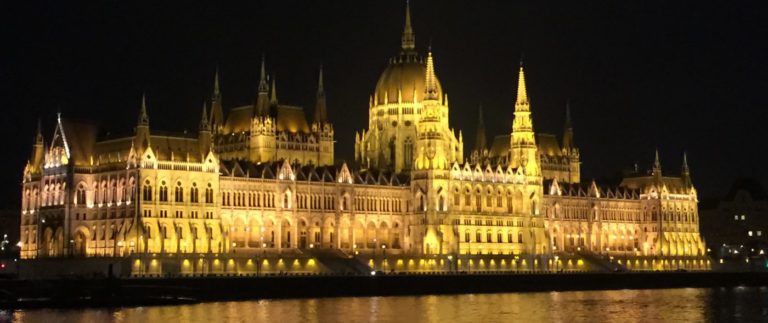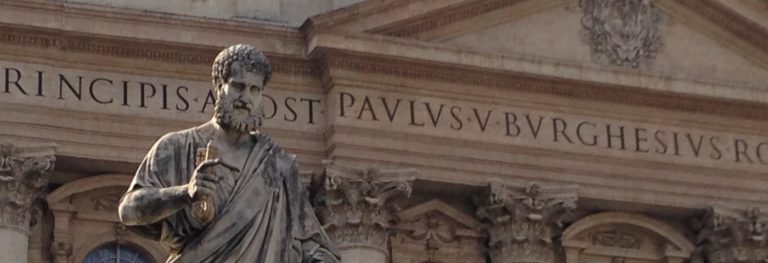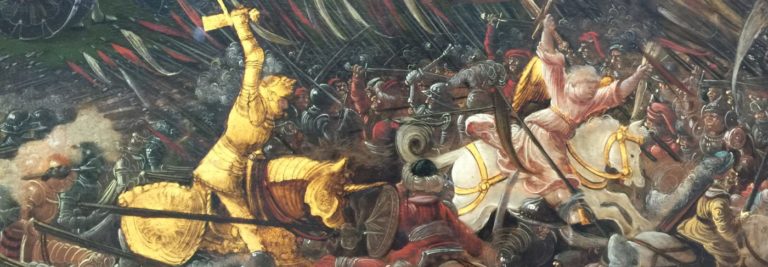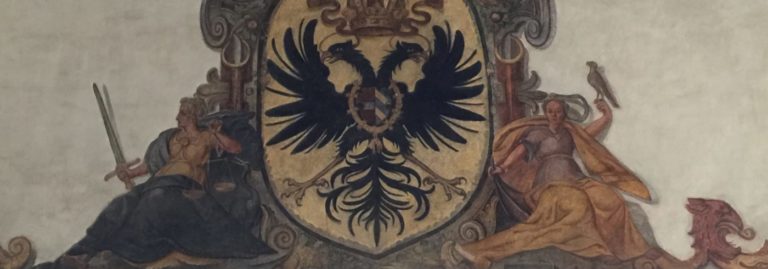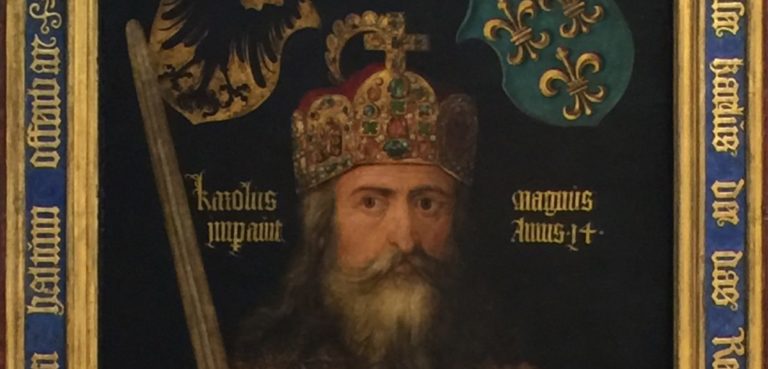As you cruise through the scenic, pastoral landscapes of the Rhine and Danube rivers, it might take a bold leap of imagination to realize you are drifting along the most significant borderline in Western culture. There was a time, about 2,000 years ago, when these very currents defined the defensible northern boundary of the vast Roman Empire. Ancient Rome: The Rise and Fall of An Empire
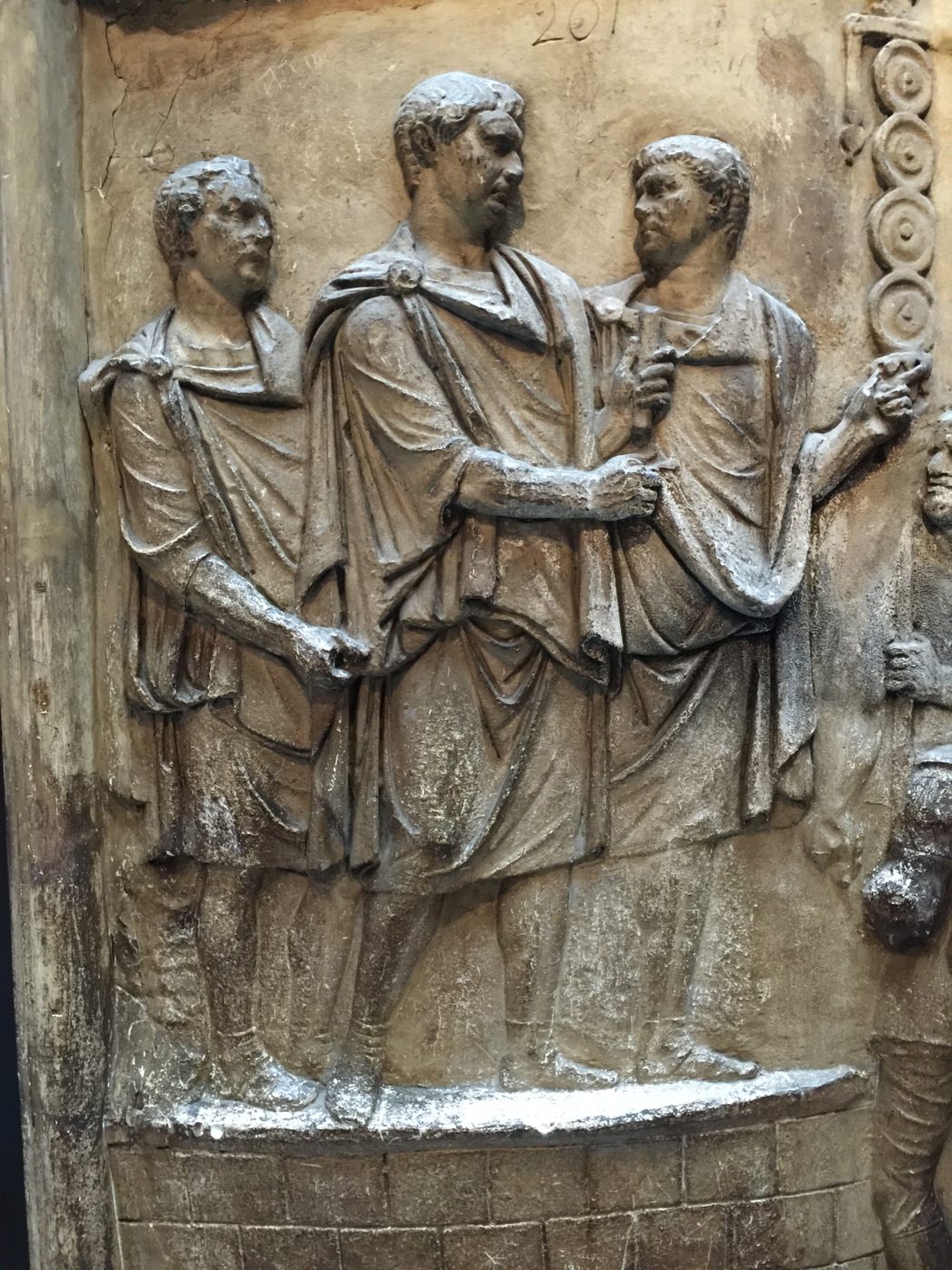
Today, you can board a 45-minute shuttle flight from Paris to Frankfurt and swear that you have landed on another planet. The language, religion, politics, and personal vibe in each city are poles apart.
Look west from sophisticated Vienna and you see the powers of Europe. Look east and you see developing nations with ethnic strife. Contrast Italy and the Balkans, separated only by the narrow Adriatic. Though geographic and climatic neighbors, they are undeniably distinct, socially and historically.
There are many influences that have rumbled across the timeline of European history to cause these differences. However, much of the current cultural map of modern-day Europe relates to the Roman Empire and how it fell apart.
In 117 CE, Roman Emperor Trajan died while returning from his campaigns in Parthia and Mesopotamia, (Iran and Iraq). At that instant, the Empire was at its territorial zenith. Every inch of Mediterranean coastline was ruled from Rome. Pax Romana spread from the Scottish boundary to the Caspian Sea.
The Rhine formed the northeastern boundary of Gaul. The Danube was the northern boundary of the eastern empire. Historians refer to this border as the “Lime” of the Roman Empire. The extensive collections of roman ruins you will visit along these rivers continue to mark what was once the frontier. FRONTIERS OF IMPERIAL ROME, THE
In 285 CE, following a tumultuous period known as “the Crisis of the Third Century”, Emperor Diocletian split the empire into East and West, for ease of defense and administration. The dividing line was generally between Italy and the Balkans at the head of the Adriatic Sea. The western empire was ruled from Milan while the eastern empire was ruled from Nicomedia on the Turkish shores of the Sea of Marmara. In effect, the empire became two large, different countries. Diocletian and the Roman Recovery
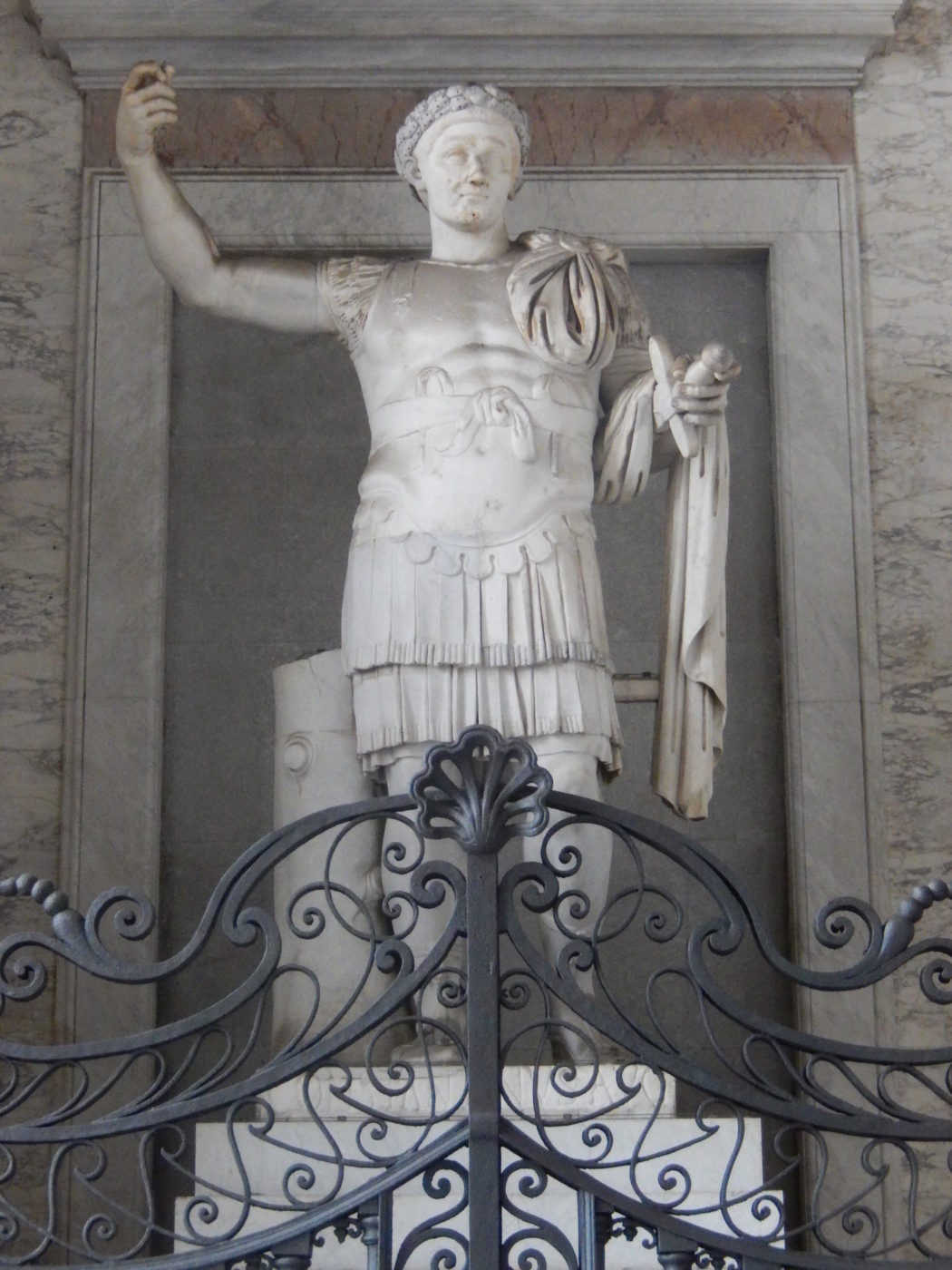
When Constantine bested all rivals and became the Augustus of the Western empire in 312 CE, he began the process of legitimizing the Christian church. His eastern counterpart, Licinius, preferred the pagan Roman beliefs and this led to the first Christian holy war. Constantine prevailed in 324 CE, and became ruler of the united Christian empire. The Life and Times of Constantine the Great
Unfortunately for the religious and political fortunes of Rome, Constantine preferred to stay in the east, ultimately establishing his namesake Constantinople as his imperial capital. By planting his standard across the Bosporus Straits, Constantine immediately raised the status of the eastern capital. This created a religious rivalry between the Church leaders of Rome and Constantinople, and would ultimately lead to schism and the separation of Catholic and Orthodox faiths. His Broken Body: Understanding and Healing the Schism between the Roman Catholic: An Orthodox Perspective – Expanded Edition
When the Germanic tribes of Goths, Vandals, and Huns stormed the border and sacked Rome in the late Fifth Century, it was the Western Empire that fell. The Eastern Empire, though under constant menace from encroaching Islamic armies, remained intact another thousand years. Weakened by the Fourth Crusade in 1204 CE, it finally fell to the Ottomans in 1453 CE. Lost to the West: The Forgotten Byzantine Empire That Rescued Western Civilization, and the tragic tale of The Fourth Crusade and the Sack of Constantinople
Today, when you consider the Continental Europe through which your luxury river boat cruises, you will find three mini-Europes. The first is the descendent of the Western Roman Empire. We’ll call it “Latin Europe”. It includes Italy, France, Spain, and Belgium. These countries have “romance” languages derived from Latin. They are heavily Roman Catholic.
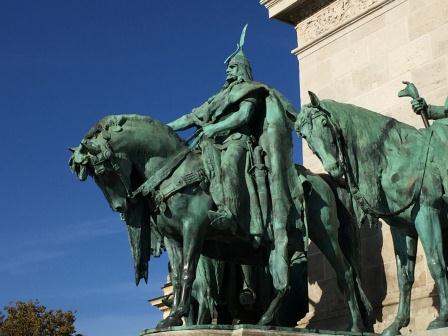
The descendent of the Eastern Empire is “Byzantine Europe”. We find the Balkans, Greece, Hungary, Bulgaria and Romania. Aside from the Greeks, these are “Slavic” people, whose ancestry arrived in migrating tides from the Asian Caucasus, (north of the Black and Caspian Seas), as Dacians, Avars, Bulgars, Khazars, Magyars, and Mongols. Thanks to the legendary 9th Century missionary work of brothers Cyril and Methodius, these countries are predominantly Orthodox, with their patriarch in Istanbul. The First Thousand Years: A Global History of Christianity
Once the Ottomans took Constantinople in 1453, Byzantine Europe was subject to occasional invasions and the natural immigration that has established a significant Muslim presence in many of these nations. The ethnic and religious intolerance in the region has a distressing tendency to encourage shooting your neighbor. Yugoslavia: Death of a Nation
“Non-Empire Europe”, north of the Danube and east of the Rhine, has been a fragmented collection of independent micro-sovereignties for much of European history. Nordic and Germanic clans evolved into duchies and counties with figurehead kings, little unity, and less allegiance.
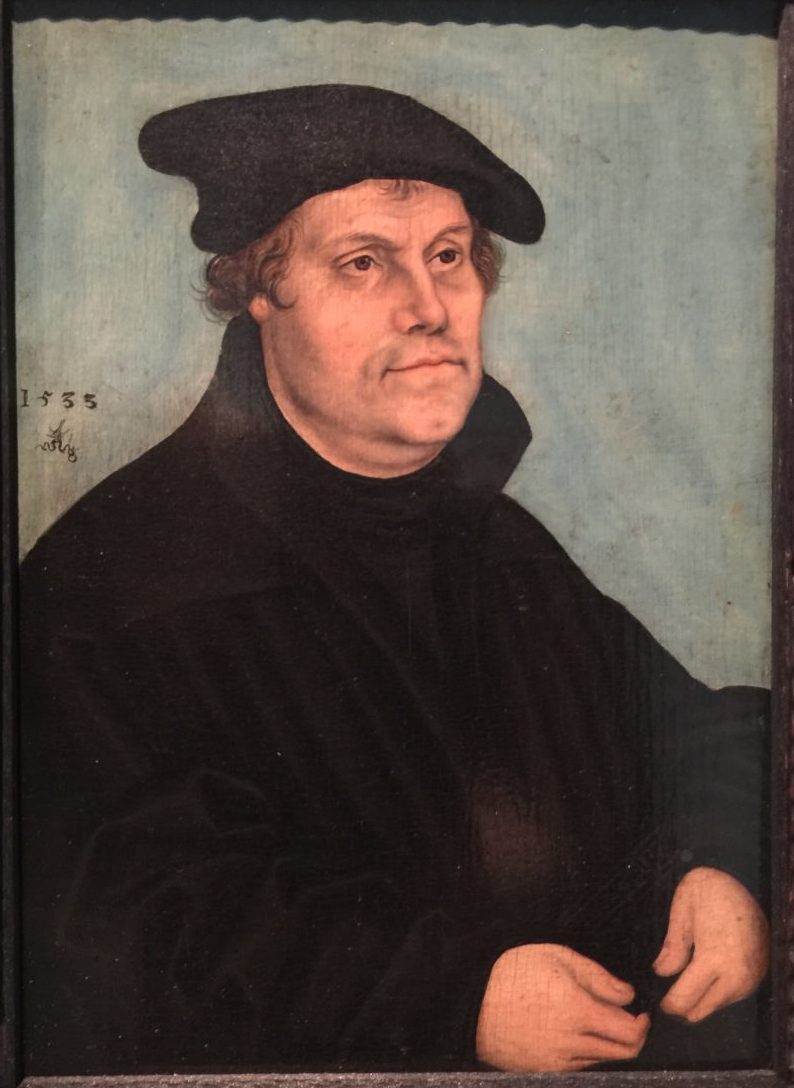
Without the historic connection with the Roman Empire or the Roman church, it is no surprise that Germany and Scandinavia are predominantly Protestant. They do not like being ruled by political or papal outsiders and, for the most part, they have avoided that fate. Martin Luther’s message that a connection to the Pope in Rome was not necessary for salvation fell on willing ears. The Reformation.
It took until the 19th Century for a German state to finally coalesce from the myriad coats of arms sprinkled across the countryside. This was the work of Otto von Bismarck, and it probably led to two world wars and the final curtain call on the absolute monarchies of Europe.
There is a fourth Europe. It is a little more distant and may be featured in one of your future river cruises. This is Russian Europe. It is a combination of Slavic people and Viking nobility whose important north-to-south river systems, (Volga and Dnieper), have linked them with the Byzantine political and religious heritage. Thanks to the 12th century conversion of Vladimir the Great, Russia, Belarus, and the Ukraine are predominantly Orthodox. (See the essays on the Kievan Rus in the Baltic Cruises or Russia River Cruise sections).
It’s been more than 1,500 years since the “fall of Rome”. However, today’s political and cultural map of Europe still reflects the imprint of the empire. The distinctions of a) East Empire versus West Empire, and b) Empire versus Non-Empire are still evident to the lucky river cruiser who gets to motor along this important historic boundary. Sailing from Amsterdam to Vienna, you’ll have Catholics to the starboard and Protestants to port. You’ll talk about Roman outposts, popes and kings, palaces and courtesans, the Reformation and the Counter-Reformation. From Vienna to Bucharest, or even the Black Sea, you’ll talk about Roman conquests, the Great Schism, and the Ottoman invasions. The roots of these differences all lead to Rome.

